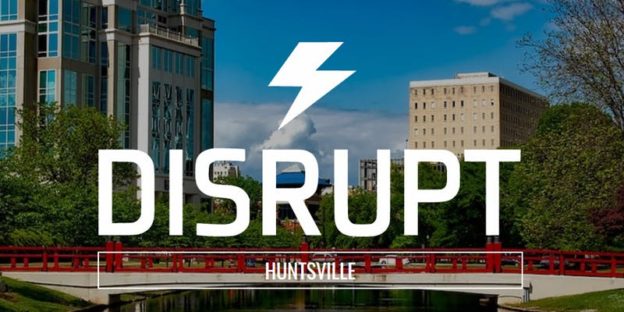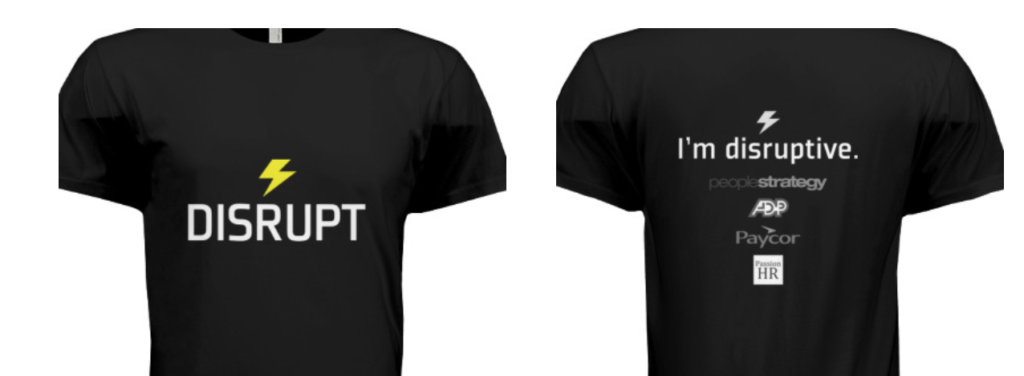In the last few years, it seems like I’ve become the expert on internal talent mobility (the process of moving people inside the organization via promotions, transfers, etc.). I’ve published multiple pieces on the topic, written several white papers (one linked below if you want to check it out), and spoken about it to various audiences as well. Goodness, I even developed some brand new research for a report I just finished with ATD on upskilling and reskilling your workforce (more on that in the coming weeks). I love talking about it and think there’s a ton of value in the approach.
With that in mind, someone recently reached out to ask a nuanced question: how do you get managers on board, since talent mobility is inherently disruptive to their environment?Â
Talent mobility is obviously a disruption for managers that “lose” an employee that moves internally. This means the manager has to backfill the role just as if the person left the company. However, the good news is that person is still there and still accessible, which means they can offer coaching or support for the new person stepping into the role they left behind.
From the manager’s perspective, this doesn’t create any additional work, though. Research shows people will leave the company if they don’t have advancement opportunities, so the manager will lose the employee anyway. This just gives them a chance to move up internally, keeping their expertise and value within the walls of the company. That’s a win-win.
If managers want to lessen the impact, they should be open with their teams about jobs within the company and also be open to hearing the career aspirations from their staff. By keeping the lines of communication open, managers are less likely to be surprised by a sudden change by someone leaving without notice. When managers try to keep or control their people and their career progression, they end up causing them to leave the company instead of looking for other internal opportunities. Bad move.
 If this interests you, I worked with the team at Salary.com to create a guide for HR leaders on how to build a talent mobility culture. A key piece of that is a one-page handout for managers on how to take practical baby steps toward better mobility-friendly practices. It’s here and totally free: check out the report.Â
If this interests you, I worked with the team at Salary.com to create a guide for HR leaders on how to build a talent mobility culture. A key piece of that is a one-page handout for managers on how to take practical baby steps toward better mobility-friendly practices. It’s here and totally free: check out the report.Â
 Remote employees are becoming more and more common in the modern workplace. In fact, according to the Bureau of Labor Statistics,
Remote employees are becoming more and more common in the modern workplace. In fact, according to the Bureau of Labor Statistics,
